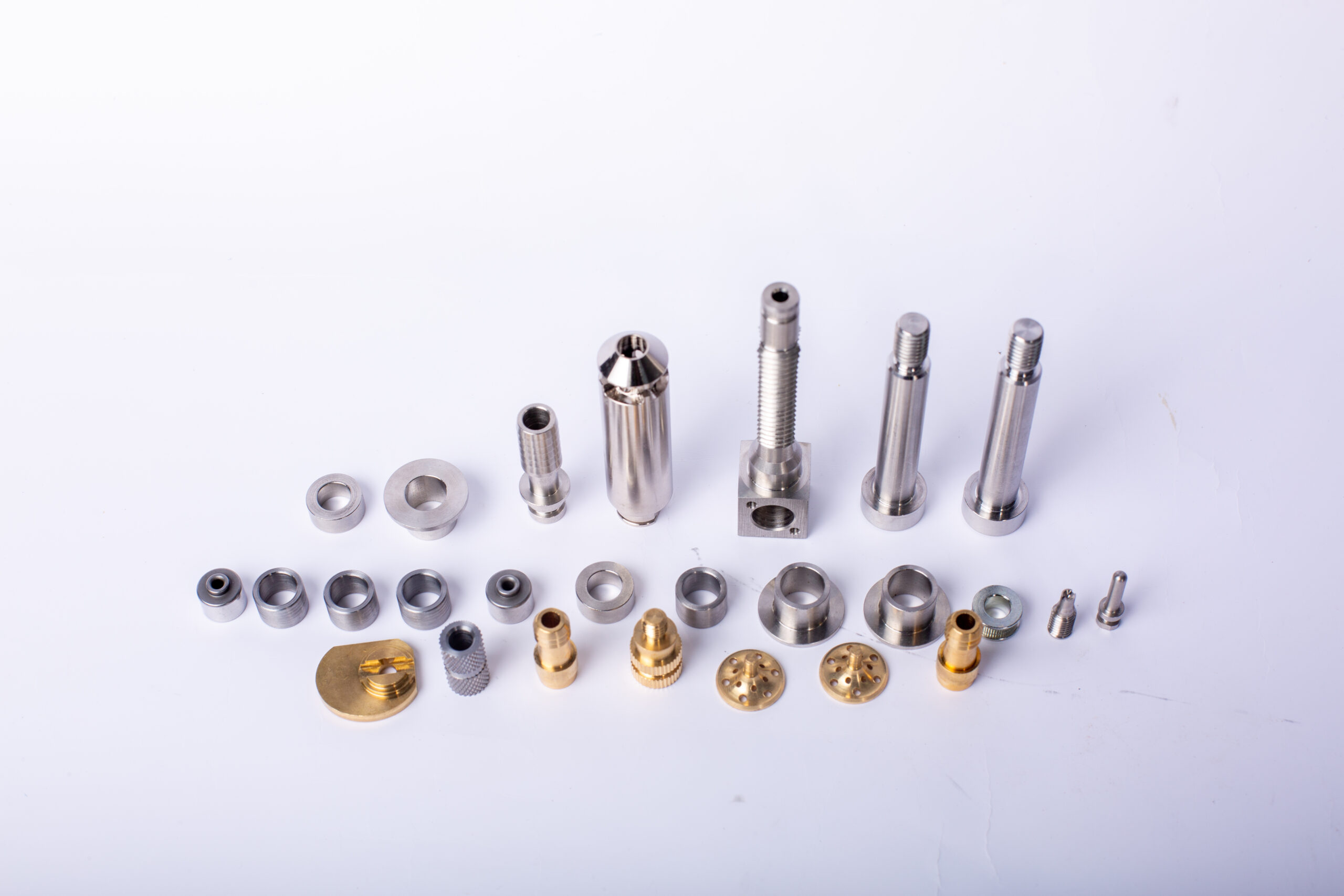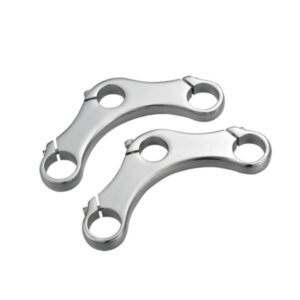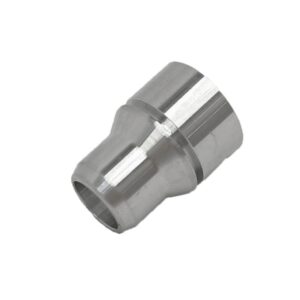MINGYU Tech specialize in the production of a wide range of aluminum forging products to meet the diverse needs of our customers. Our products are widely used in various industries, such as aerospace, automotive, and machinery. Some of our main products include:
- Aluminum Forged Wheels: These wheels are made of high-quality aluminum and are forged to ensure strength and durability. They are widely used in cars, trucks, and other types of vehicles.
- Aluminum Forged Parts: We produce a variety of aluminum forged parts, such as gears, shafts, connecting rods, and more. These parts are made to withstand high pressure and are commonly used in machinery and equipment.
- Aluminum Forged Flanges: Our aluminum forged flanges are widely used in pipelines for oil, gas, and water transmission. They have high strength, excellent corrosion resistance, and can withstand high temperatures and pressures.
At MINGYU Tech , we take quality seriously. We have a strict quality control system in place to ensure that all our products meet the highest standards. We use advanced testing equipment to conduct various tests, including chemical composition, mechanical properties, and dimension accuracy, to ensure that our products are free from defects.
In addition to our standard products, we also offer custom aluminum forging services to meet the specific requirements of our customers. With our experienced engineers and technicians, we can provide tailor-made solutions to meet the unique needs of our clients.
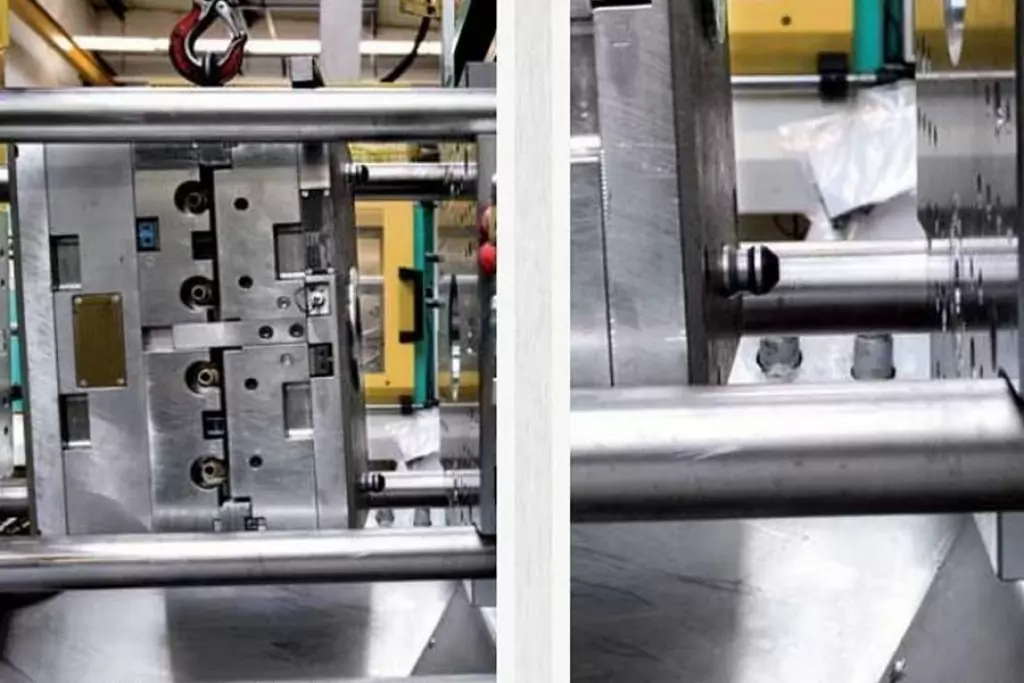
Aluminum forging is a manufacturing process that involves shaping aluminum through compressive forces. This process is used to create strong and durable components, making it a popular choice in various industries such as aerospace, automotive, and construction. The process starts with heating the aluminum to a specific temperature and then using a die to apply pressure and shape it into the desired form. This results in a product that has improved strength, structural integrity, and resistance to corrosion. Aluminum forging offers many advantages, such as high precision, cost-effectiveness, and the ability to create complex shapes. Its lightweight nature and high strength-to-weight ratio make it ideal for applications that require both strength and lightweight design. With its versatility and durability, aluminum forging is an essential process in the production of numerous industrial and consumer products.
Aluminum forging is a highly versatile and efficient manufacturing process that has gained widespread use in various industries. Through the application of extreme heat and pressure, solid aluminum blocks are transformed into complex and strong components that are used in everything from automotive parts to aerospace components. The forging process not only enhances the structural integrity of the metal but also allows for precise shaping and customization to meet the specific requirements of each application. With its lightweight yet durable properties, aluminum forging offers a cost-effective solution for producing high-quality and high-performance parts that can withstand extreme temperatures and harsh environments. From reducing weight and increasing fuel efficiency in vehicles to improving overall performance and safety in airplanes, aluminum forging continues to revolutionize the world of engineering and design

Aluminum forging is a specialized process that involves shaping aluminum into desired forms through the application of pressure and heat. It is a widely used manufacturing method for creating strong and durable components for a variety of industries, such as aerospace, automotive, and construction. With its unique properties of being lightweight, corrosion-resistant, and high strength, aluminum has become a popular choice for forging applications. In this process, aluminum billets are heated to a specific temperature, placed in a die, and then compressed by a forging press to form the desired shape. This results in a high-quality piece with enhanced mechanical properties and a refined surface finish. Let’s dive deeper into the world of aluminum forging and explore its benefits and applications.
1.What are the steps involved in the design process for an aluminum forging?
2.What are the most common defects that can occur during the aluminum forging process and how are they prevented?
3.How does the microstructure of aluminum forge parts differ from those of other manufacturing methods?
4.How does the grain flow pattern in an aluminum forging affect its strength and performance?
5.Can aluminum forgings be used in corrosive environments?
6.What are the different surface treatments available for aluminum forgings?
7.Is there a specific forging temperature range for different grades of aluminum?
1.What are the steps involved in the design process for an aluminum forging?
1. Define the Requirements: The first step in the design process is to clearly define the requirements for the aluminum forging. This includes the desired shape, size, material properties, and any specific functional or performance requirements.
- Material Selection: Once the requirements are defined, the next step is to select the appropriate aluminum alloy for the forging. This will depend on the specific application and the desired properties of the final product.
- Design Concept: Based on the requirements and material selection, a design concept is developed. This includes the overall shape and dimensions of the forging, as well as any features or details that are necessary for its function.
- Finite Element Analysis (FEA): FEA is a computer simulation technique used to analyze the structural integrity and performance of the forging design. This step helps to identify any potential issues or areas for improvement before moving on to the next stage.
- Tooling Design: Once the design concept is finalized, the next step is to create the tooling required for the forging process. This includes the die and punch design, as well as any other necessary tooling components.
- Prototype Development: A prototype of the forging is then created using the designed tooling. This allows for testing and validation of the design before moving on to full-scale production.
- Production Planning: Once the prototype is approved, the production process can be planned. This includes determining the appropriate forging method, heat treatment, and finishing processes.
- Quality Control: Quality control measures are put in place to ensure that the final product meets all the required specifications and standards.
- Production: The forging process begins, using the designed tooling and production plan. Quality control measures are implemented throughout the production process to ensure the final product meets all requirements.
- Finishing: After the forging process is complete, the final product may undergo additional finishing processes such as machining, heat treatment, and surface treatments to achieve the desired properties and surface finish.
- Testing and Inspection: The final product is then tested and inspected to ensure it meets all required specifications and standards.
- Final Approval: Once the product has passed all testing and inspection, it is ready for final approval and can be released for use or sale.
2.What are the most common defects that can occur during the aluminum forging process and how are they prevented?
1. Cracks: Cracks can occur during the forging process due to improper heating, excessive deformation, or inadequate lubrication. To prevent cracks, the forging temperature should be carefully controlled, and lubrication should be used to reduce friction and stress on the metal.
Inclusions: Inclusions are impurities or foreign particles that can get trapped in the metal during the forging process. They can weaken the structural integrity of the final product. To prevent inclusions, the raw material should be carefully inspected and cleaned before forging, and the forging process should be carried out in a clean and controlled environment.
Cold shuts: Cold shuts are defects that occur when two streams of metal do not properly fuse together during the forging process. This can happen due to inadequate heating or improper die design. To prevent cold shuts, the forging temperature should be carefully monitored, and the die design should be optimized for the specific shape and size of the product.
Laps: Laps are defects that occur when the metal folds over itself during the forging process. This can happen due to excessive deformation or inadequate lubrication. To prevent laps, the forging process should be carefully controlled to avoid excessive deformation, and proper lubrication should be used to reduce friction.
Misruns: Misruns occur when the metal does not completely fill the die cavity during the forging process. This can happen due to inadequate heating, improper die design, or insufficient pressure. To prevent misruns, the forging temperature should be carefully monitored, and the die design should be optimized for the specific shape and size of the product. Sufficient pressure should also be applied during the forging process.
Shrinkage: Shrinkage occurs when the metal cools and contracts unevenly during the forging process, resulting in voids or cavities in the final product. This can happen due to inadequate heating or improper die design. To prevent shrinkage, the forging temperature should be carefully controlled, and the die design should be optimized to allow for proper flow of the metal.
Warping: Warping is a common defect that occurs when the metal cools and contracts unevenly, causing the final product to become distorted or bent. This can happen due to inadequate heating or improper die design. To prevent warping, the forging temperature should be carefully controlled, and the die design should be optimized to allow for proper flow of the metal.
To prevent these defects, it is important to carefully monitor and control the forging process,
3.How does the microstructure of aluminum forge parts differ from those of other manufacturing methods?
The microstructure of aluminum forge parts differs from those of other manufacturing methods in several ways:
- Grain structure: Forged aluminum parts have a fine and uniform grain structure compared to other manufacturing methods. This is because the forging process involves the deformation and rearrangement of the metal grains, resulting in a more refined and aligned grain structure.
- Directional properties: The forging process also imparts directional properties to the aluminum, making it stronger and more resistant to fatigue and impact in the direction of the applied force. This is particularly beneficial for parts that will be subjected to high stress or load.
- No porosity: Unlike casting or machining, forging does not involve the melting and solidification of the metal, which can result in porosity or voids in the microstructure. This makes forged aluminum parts more structurally sound and less prone to defects.
- Improved mechanical properties: The forging process also improves the mechanical properties of aluminum, such as tensile strength, yield strength, and hardness. This is due to the plastic deformation and work hardening that occurs during forging.
- Fine grain flow lines: The flow of metal during forging creates fine grain flow lines in the microstructure, which contribute to the overall strength and toughness of the part.
- Homogeneity: Forging also ensures a high degree of homogeneity in the microstructure of aluminum parts, as the metal is worked and shaped uniformly throughout the entire part.
Overall, the microstructure of aluminum forge parts is more refined, stronger, and more uniform compared to parts produced by other manufacturing methods, making them ideal for applications that require high strength and reliability.
4.How does the grain flow pattern in an aluminum forging affect its strength and performance?
The grain flow pattern in an aluminum forging refers to the orientation and alignment of the aluminum grains within the forged part. This pattern is influenced by the forging process and can have a significant impact on the strength and performance of the final product.
- Strength: The grain flow pattern plays a crucial role in determining the strength of an aluminum forging. When the grains are aligned in the direction of the applied load, the forging will have higher strength and resistance to deformation. This is because the aligned grains can transfer the load more efficiently, resulting in a stronger and more durable part.
- Fatigue resistance: The grain flow pattern also affects the fatigue resistance of an aluminum forging. When the grains are aligned in the direction of the applied load, the forging will have better fatigue resistance as the load is distributed more evenly throughout the part. This reduces the risk of cracks and failures due to repeated loading.
- Directional properties: The grain flow pattern can also influence the directional properties of an aluminum forging. For example, if the grains are aligned in a specific direction, the forging will have higher strength and stiffness in that direction, making it suitable for applications where directional properties are critical, such as aerospace components.
- Microstructure: The grain flow pattern also affects the microstructure of the aluminum forging. When the grains are aligned, the microstructure will be more uniform, resulting in a more consistent and predictable material behavior. This is important for ensuring the reliability and performance of the forged part.
- Surface finish: The grain flow pattern can also impact the surface finish of an aluminum forging. When the grains are aligned, the surface will be smoother and have a more uniform texture, making it easier to machine and improve the overall aesthetics of the part.
In summary, the grain flow pattern in an aluminum forging is a critical factor that can significantly affect its strength, fatigue resistance, directional properties, microstructure, and surface finish. Therefore, it is essential to carefully control and optimize the grain flow pattern during the forging process to produce high-quality and high-performance aluminum forgings.
5.Can aluminum forgings be used in corrosive environments?
Yes, aluminum forgings can be used in corrosive environments. Aluminum has a natural resistance to corrosion due to the formation of a thin oxide layer on its surface. This layer acts as a protective barrier against further corrosion. Additionally, aluminum can be further treated with coatings or anodizing processes to enhance its corrosion resistance. However, the specific alloy and surface treatment used for the forging should be carefully selected to ensure optimal performance in the specific corrosive environment.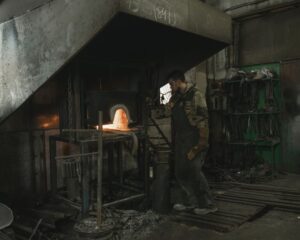
6.What are the different surface treatments available for aluminum forgings?
1. Anodizing: This is a process of creating a protective oxide layer on the surface of the aluminum forging. It can be done in various colors and provides good corrosion resistance.
- Powder Coating: This is a process of applying a dry powder paint onto the surface of the aluminum forging and then curing it in an oven. It provides a durable and decorative finish.
- Polishing: This is a process of smoothing and shining the surface of the aluminum forging by using abrasives and polishing compounds. It can provide a mirror-like finish.
- Brushing: This is a process of creating a brushed or satin finish on the surface of the aluminum forging by using abrasive pads or brushes.
- Chemical Conversion Coating: This is a process of treating the surface of the aluminum forging with a chemical solution to improve its corrosion resistance and paint adhesion.
- Plating: This is a process of coating the surface of the aluminum forging with a thin layer of metal, such as chrome or nickel, to improve its appearance and corrosion resistance.
- Shot Peening: This is a process of bombarding the surface of the aluminum forging with small metal particles to improve its strength and fatigue resistance.
- Sandblasting: This is a process of blasting the surface of the aluminum forging with sand or other abrasive materials to create a textured or matte finish.
- Painting: This is a process of applying a liquid paint onto the surface of the aluminum forging to provide a decorative and protective finish.
- Laser Etching: This is a process of using a laser to create designs or markings on the surface of the aluminum forging. It can provide a permanent and precise finish.
7.Is there a specific forging temperature range for different grades of aluminum?
Yes, there is a specific forging temperature range for different grades of aluminum. The exact temperature range may vary slightly depending on the specific alloy and the desired properties of the final product, but generally, the following temperature ranges are recommended for forging different grades of aluminum:
1xxx series (pure aluminum): 650-750°C (1200-1380°F)
2xxx series (aluminum-copper alloys): 480-595°C (900-1100°F)
3xxx series (aluminum-manganese alloys): 480-595°C (900-1100°F)
4xxx series (aluminum-silicon alloys): 480-595°C (900-1100°F)
5xxx series (aluminum-magnesium alloys): 480-595°C (900-1100°F)
6xxx series (aluminum-magnesium-silicon alloys): 480-595°C (900-1100°F)
7xxx series (aluminum-zinc-magnesium alloys): 480-595°C (900-1100°F)
It is important to note that the exact temperature range may also depend on the size and complexity of the part being forged, as well as the specific forging process being used. It is always best to consult with a metallurgist or manufacturer for specific temperature recommendations for a particular grade of aluminum.

